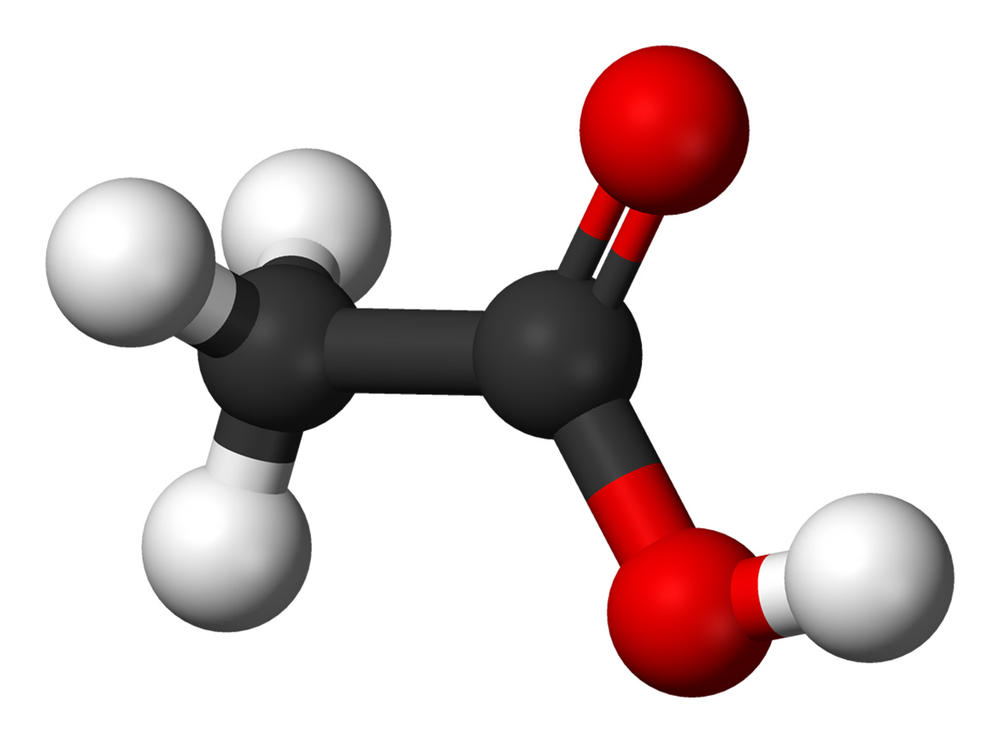In warm countries, where the climatic conditions do not allow the grapes to store enough acids, it is common to add tartaric acid (organic acid found naturally in grapes) to the must. It is noted that acids in wine come either from the grapes (tartaric, malic, citric) or from the fermentation process (acetic, lactic, succinic). Given that each acid has its characteristic taste and aroma, without them, the wine would be colourless, tasteless and “flabby”.
Tartaric acid and malic acid make up 90% of the acids in grapes and wine. In practice, malic acid is constantly reduced according to the ripening stage of the grapes.
In Cyprus, Greece, Australia and other warm countries, adding acids to the wine to improve their total acidity is permitted. Although more accessible and cheaper, the addition of citric acid is not recommended because some fungi can convert it to acetic acid, increasing the wine’s volatile acidity, which is not desirable. In Europe and all the warm countries of the world, wine acidity is increased by using tartaric acid, the organic acid found naturally in grapes.
According to the legislation, acidification (tartaric acid) is allowed up to 1.5 g/l of wine.
The best strategy to adjust wine acidity is to add tartaric acid directly to the must before the fermentation process begins, which will allow its better incorporation into the wine. The legislation allows for the wine acidity to be corrected by directly adding tartaric acid. In practice, both treatments are used, adding tartaric to the must before fermentation begins being the best.
There are even better ways to adjust wine acidity. These include blending grapes across regions (i.e. less acidic grapes from warmer areas with more acidic ones from cooler regions) or blending grapes harvested at different ripening stages (those harvested earlier having higher acidity levels).
Dr Andreas Emmanuel
April 2020

